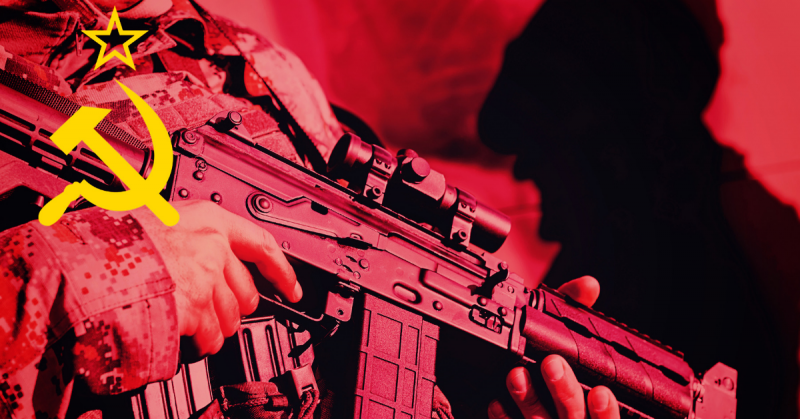How did the Soviet Union and the United States engage each other in warfare while not firing a shot in each other’s territory? The answer to this question is that they fought against one another in other conflicts, but never took the war to each other directly.
During the Cold War, the USSR and the U.S. met on many battlefields by supporting opposing sides in many conflicts. Some of those are very well-known and documented such as Vietnam, Afghanistan, and Angola, but there were also a few lesser-known conflicts in which Soviet and American troops indirectly slugged it out against one another. The Congo, Laos, and Ethiopia saw brutal warfare as these two superpowers fought for supremacy.
Ethiopia & Somalia: The Ogaden War 1977-1978
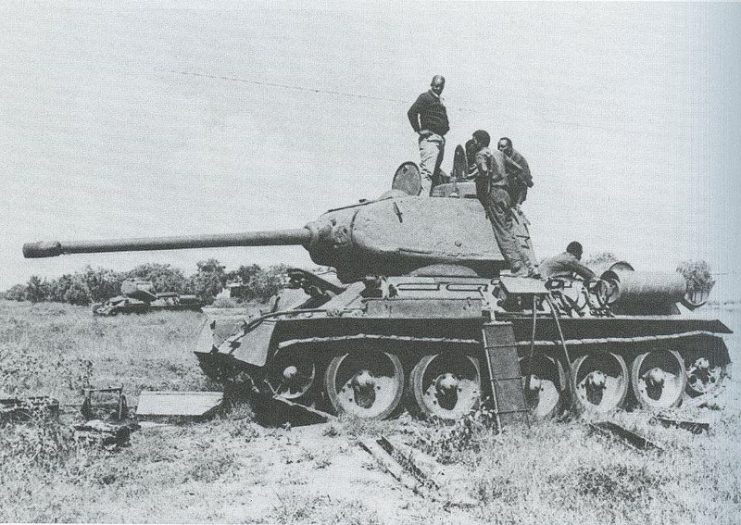
This armed conflict between Ethiopia and Somalia, over the disputed Ogaden region, lasted from July 1977 to March 1978. Before the fighting started the USSR supported Somalia, and the Americans supported Ethiopia, but when Somalia invaded Ethiopia without the consent of the Soviets, they withdrew their support for Somalia and started to support the Ethiopians. This caused some confusion and America was then forced to support the Somali cause.
The American support for Somalia was lukewarm at best but the Soviets, due mostly to their anger over Somalia’s invasion of Ethiopia, poured support into Ethiopia. They sent aircraft in the form of MiG-21 fighters, armored vehicles such as the T-55 and T-62 tanks, and BM-21 personnel carriers.

They also sent anti-aircraft missile systems that were very effectively deployed to destroy the Somali air force, BM-21 rocket systems, and 4,000 military advisers. The Soviets also encouraged their allies to send help. Cuba sent 16,000 troops, and South Yemen sent two brigades in support of the Ethiopians.
By March 1978 the Ethiopian Army, with their Soviet, Cuban and Yemeni allies, had driven the Somalis out of the Ogaden region. Somalia then gave up its claim to the disputed territory. The Somalis lost over a third of their invasion force and more than half of their air force, with nothing to show for this colossal defeat.
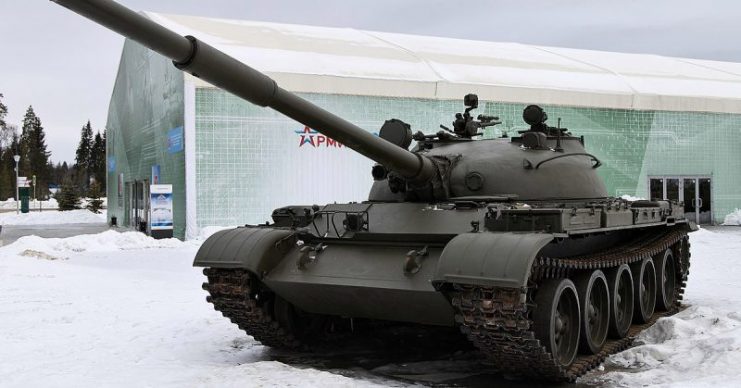
Because of this defeat, the Somali army was left both demoralized and disorganized, and the Somali people were furious. The military staged a revolt that deteriorated into civil war, and the horrific conditions that exist in Somalia today are a direct result of this ill-advised invasion.
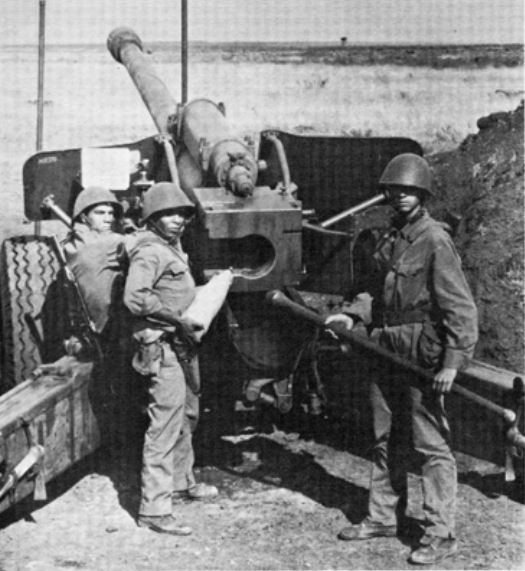
Congo Crisis 1960-1965
The Congo Crisis was a period of tremendous political upheaval in the Congo, today known as the Democratic Republic of the Congo. The instability started immediately after the Congo gained its independence from Belgium and only ended after some 100,000 people had died and Joseph-Desire Mobutu came to power.
Independence had been won from Belgium because of nationalistic pressure, but the colonial power had left the Congo very ill-prepared to rule itself, and many important issues were left unresolved. At the beginning of July 1960, the army mutinied, and armed conflict broke out between white and black civilians.
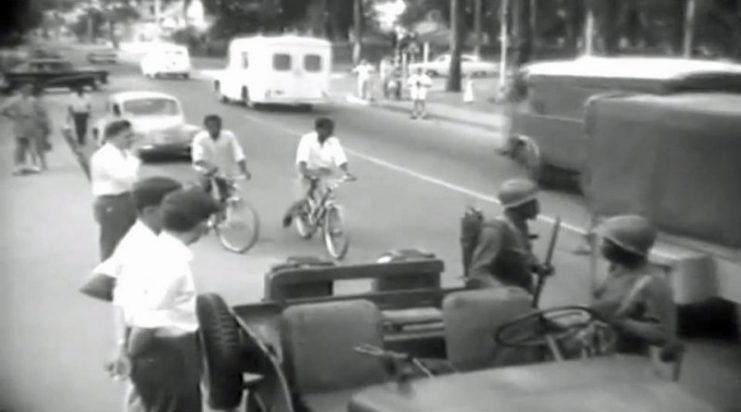
The white people fled under the protection of Belgian troops, and the regions of Katanga and South Kasai took advantage of the confusion to declare independence.
Violence escalated, and the United Nations dispatched a peacekeeping force to try and stabilize the situation, but the U.N.’s secretary general refused to allow the peacekeepers to fight alongside Congo’s army against the regions that had seceded. This led Prime Minister Patrice Lumumba to call on the Soviet Union for assistance.
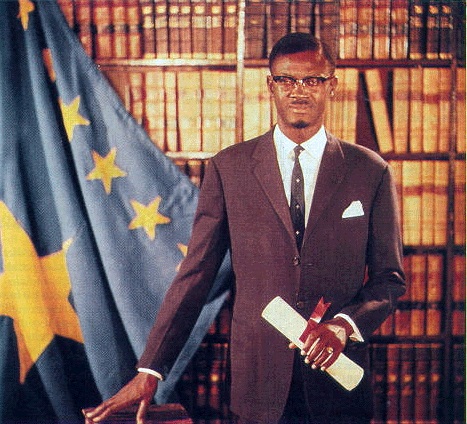
The Soviets leaped to their aid and dispatched 1,000 military advisors and other support to Leopoldville. This assistance promptly caused a split in the government, and tensions exploded between Prime Minister Lumumba and President Joseph Kasa-Vubu. Joseph Mobutu was in charge of the army and, with the assistance of the CIA, he staged a coup d’état, sent the Soviets home, created a new government under his control, and in 1961 arrested and executed Patrice Lumumba.
The government may have executed Lumumba, but his supporters set up an alternative government in the east of the country, supported by the Soviet Union. Early in 1962, this rebellion was crushed by the government. The regions that had seceded were brought back under government control in 1963 after the U.N. took a much stronger stance in the conflict.
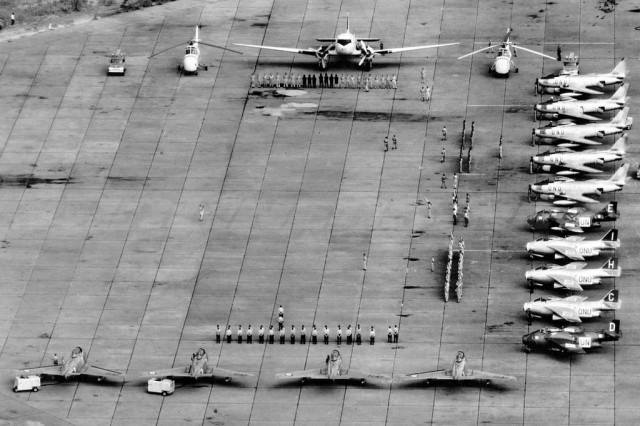
Moise Tshombe, the exiled Katangese leader, was invited back to form an interim administration so that democratic elections could be organized. Before this could happen, communist militants called Simbas, with the assistance of the USSR, violently overtook a significant portion of the country in the east.
Both China and the USSR formally recognized the country that these rebels created, called the People’s Republic of the Congo. The Soviet Union actively supported the rebel army and supplied munitions as well as advisors. Cuba also sent advisors into the country.
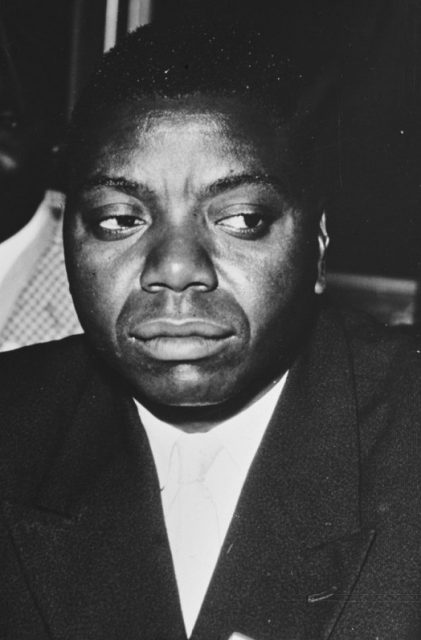
The government army, supported by Belgium and the U.S., gradually beat them back and in November 1964 Belgian and American forces intervened in Stanleyville to free hostages held by the Simbas. The Simba movement collapsed soon after this.
Elections were held in March 1965, but politically there was a stalemate between Tshombe and Kasa-Vubu which prevented any form of government succeeding. Mobutu stepped in again, staged yet another coup d’état, and took control himself. He ruled the Congo as a dictator until he was ousted in 1997.
Laos: The Secret War 1960-1973
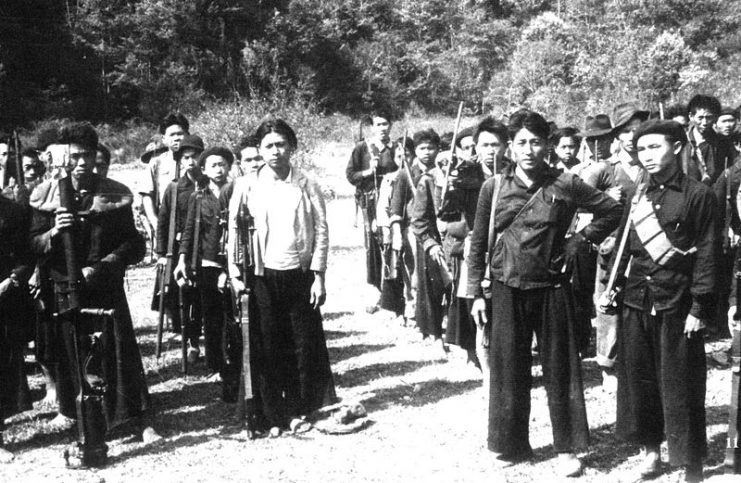
In the mid-1950’s France, the colonial power in Indochina, departed and left a vacuum which was filled with many civil wars and other domestic conflicts. In Vietnam the U.S. openly supported the South Vietnamese, but in Laos, the country next door, there was just as deadly a conflict fought by the U.S., kept hidden from the American public.
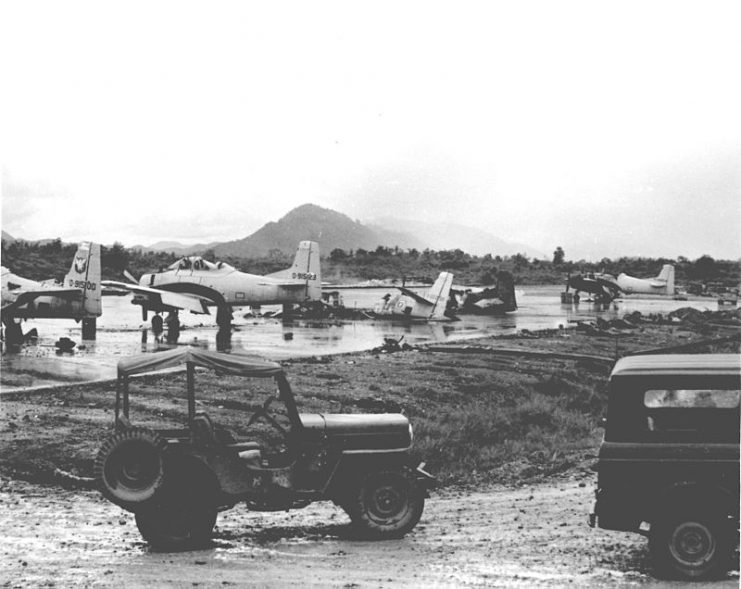
The royal family in Laos, supported by both the U.S. and the South Vietnamese, were opposed by the communist movement Pathet Lao. The Pathet Lao were supported by China, North Vietnam, and the USSR.
The Soviets and the Chinese were at loggerheads elsewhere, but that did not stop them both supporting the Pathet Lao. The Soviets sent munitions and food as well as military advisers, transport aircraft, and helicopters.
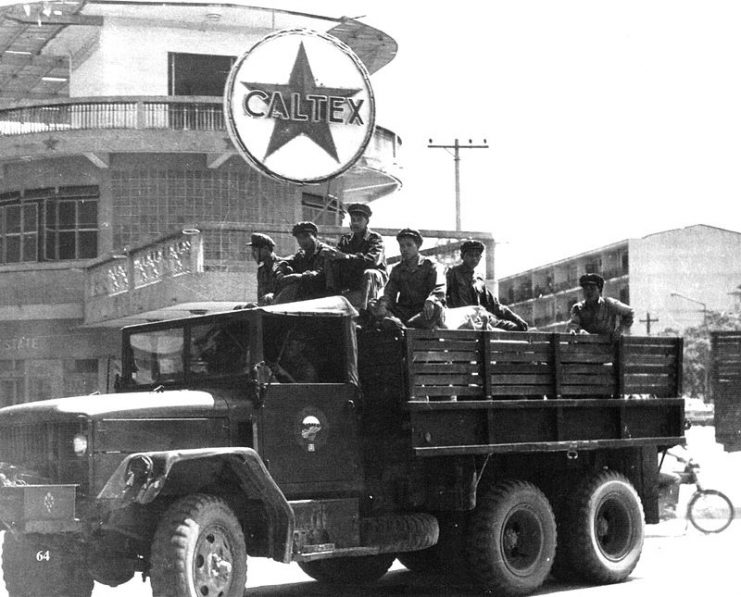
The Americans sent munitions, and they trained a 30,000-strong army comprised mainly of Lao Hmong people. American Special Forces and CIA operatives were also sent to Laos, and though they tried to hide their involvement, they bombed insurgent routes and camps.
In 1975 the Lao royal family was overthrown, and the Lao People’s Democratic Republic came into being.
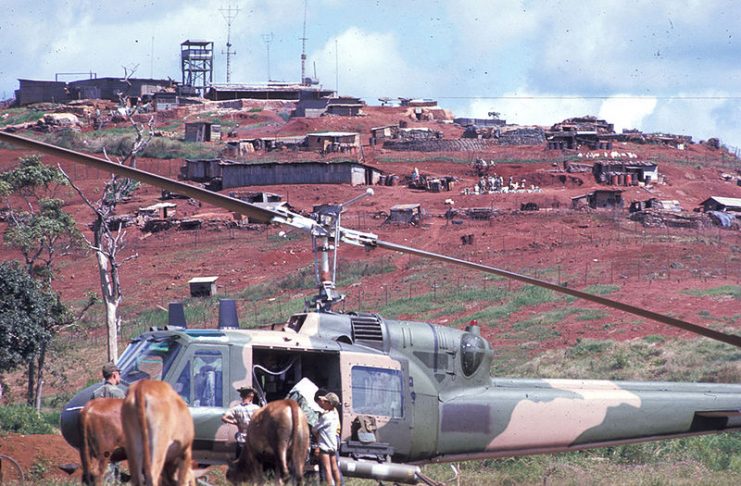
All of these proxy wars were not instigated by either the Soviets or the Americans, but both countries took full advantage of the conflicts that had arisen in these nations. Their involvement and military support to opposing sides contributed to untold suffering and thousands of deaths.
